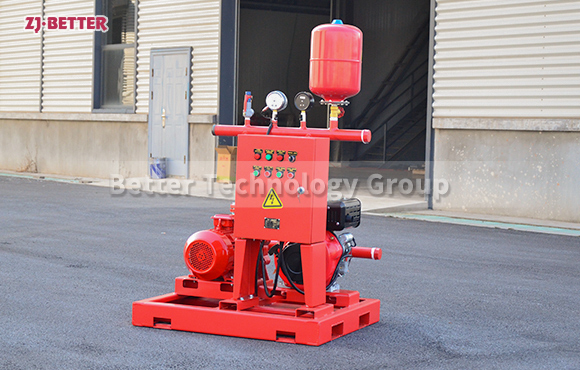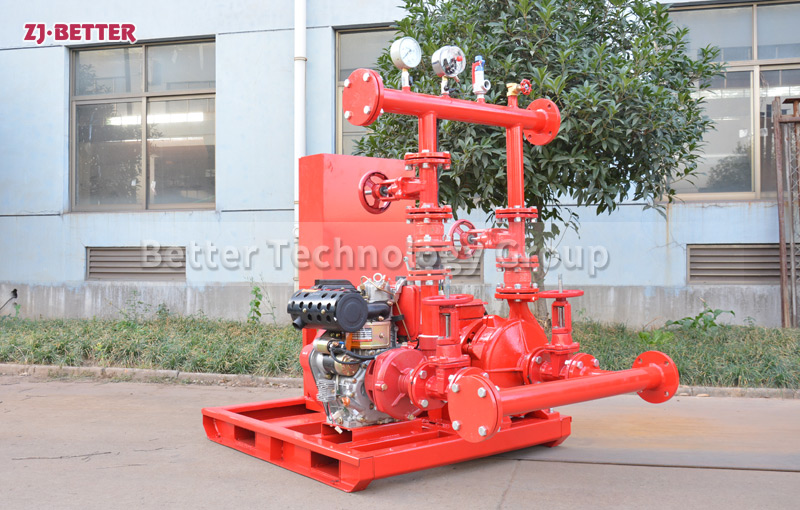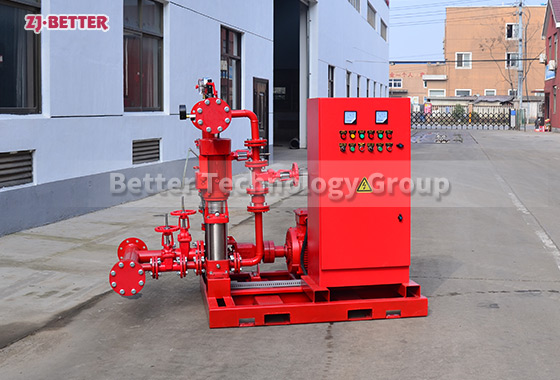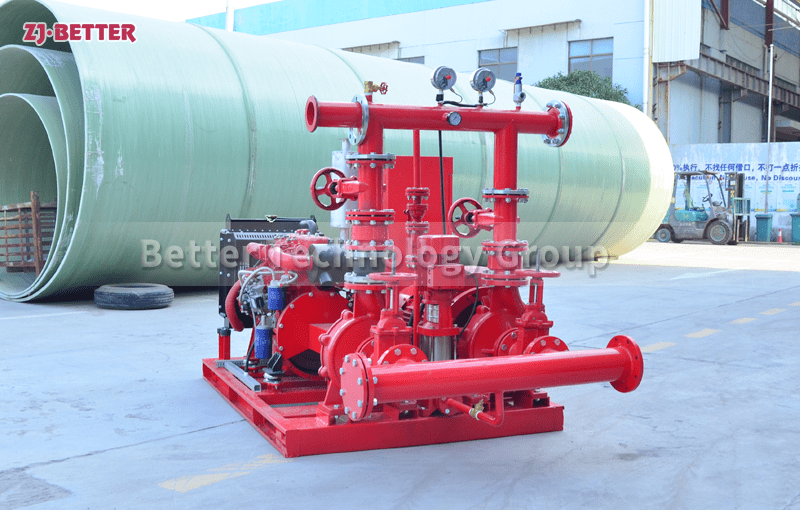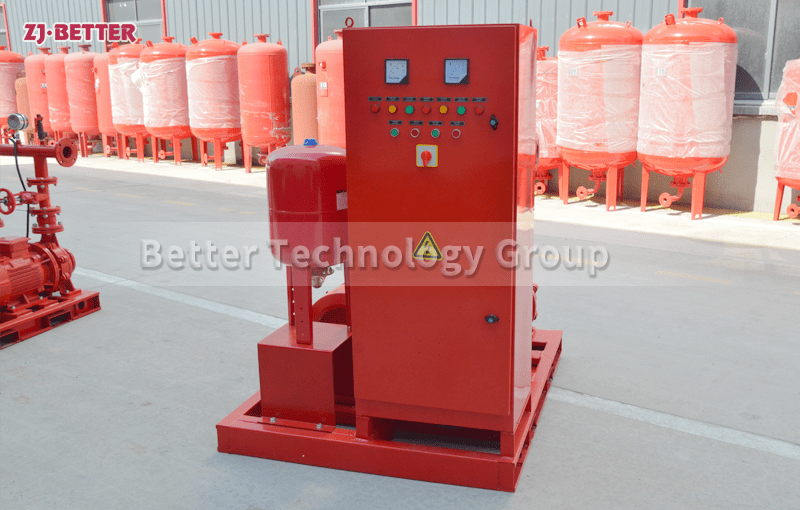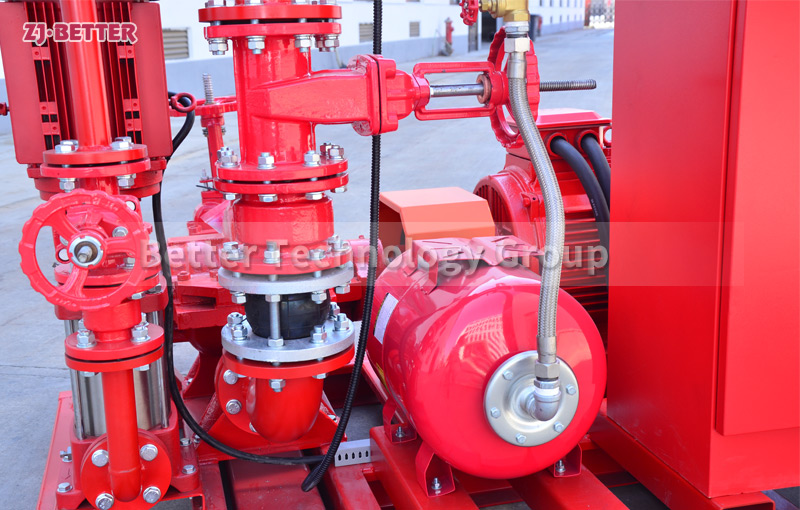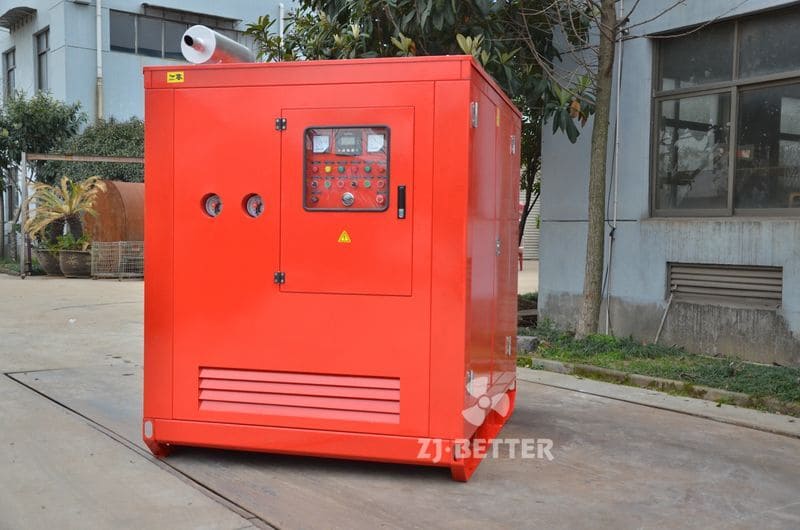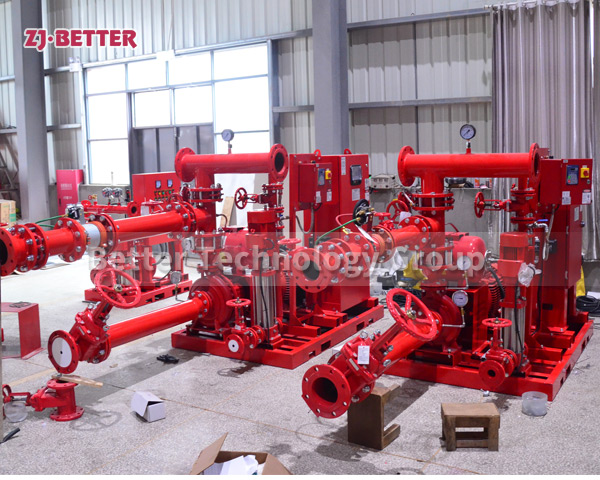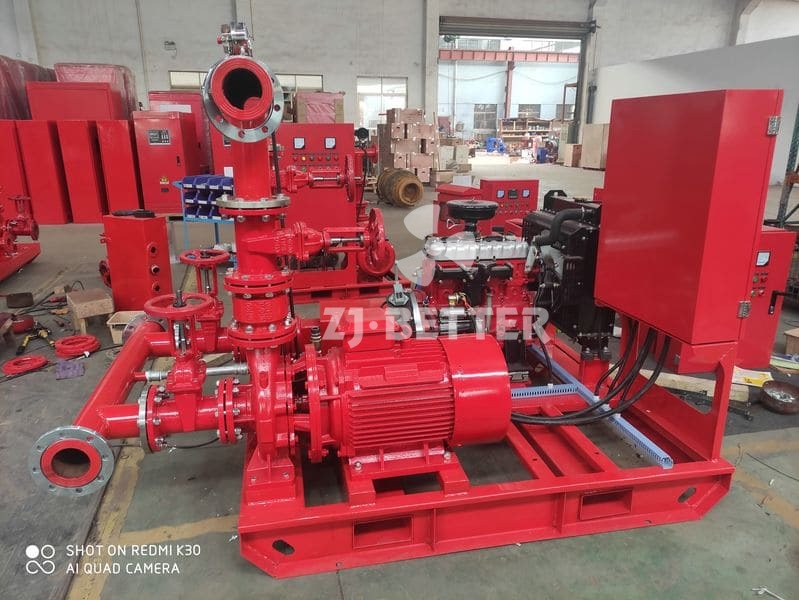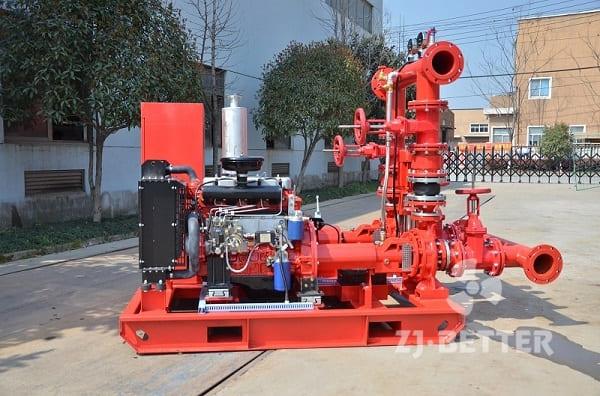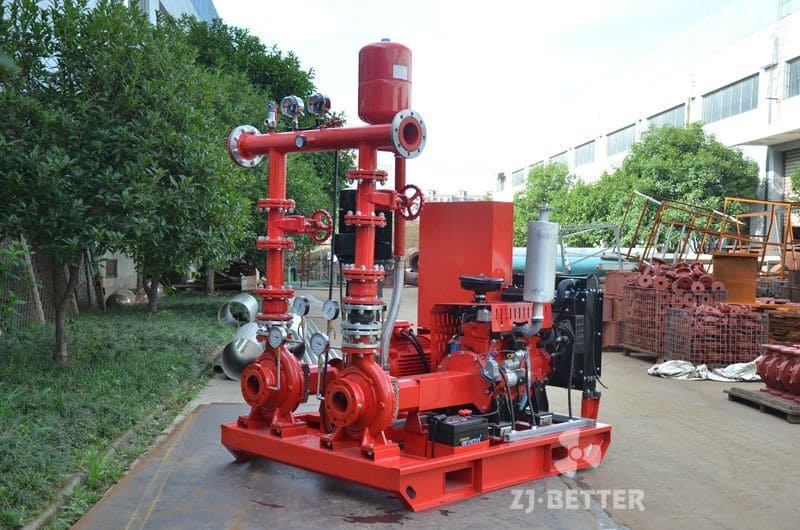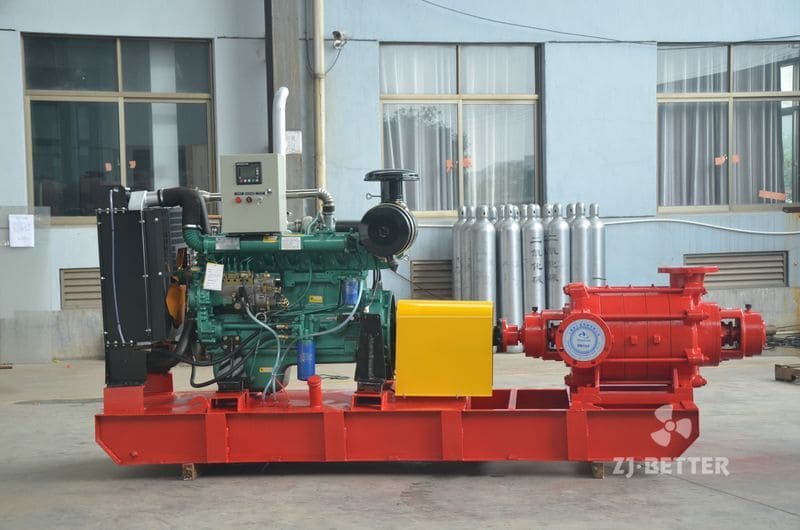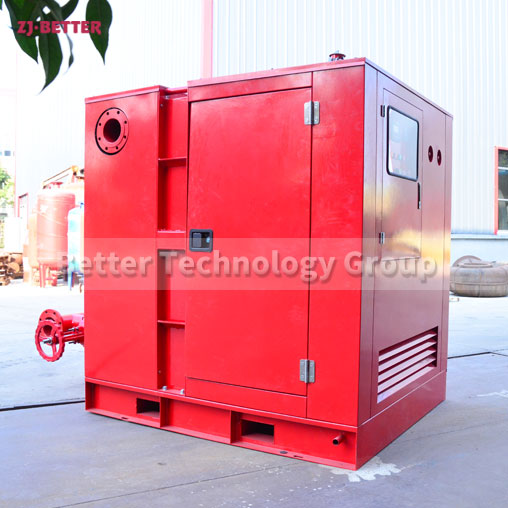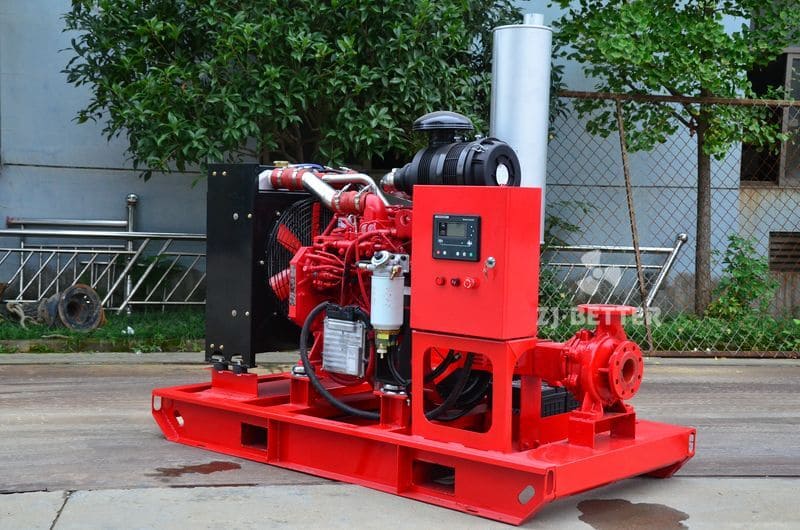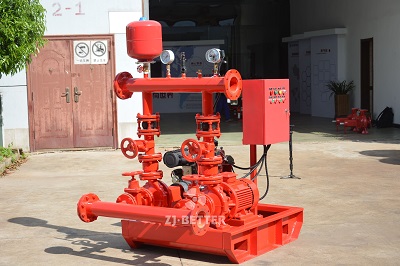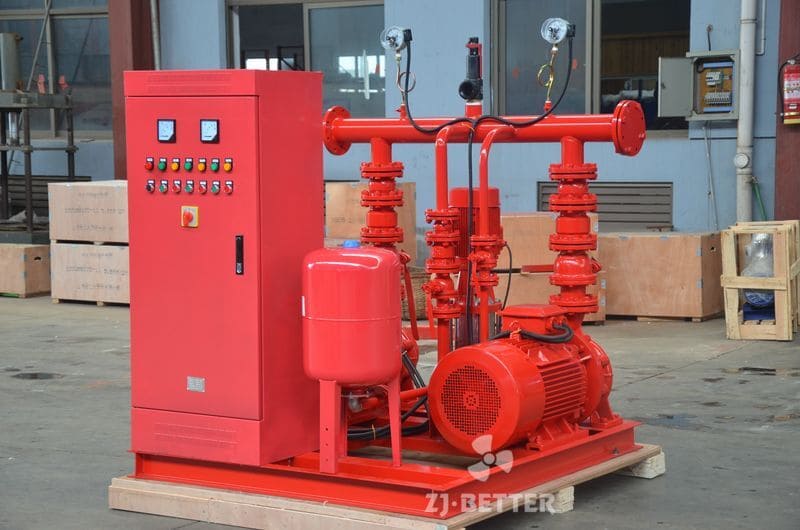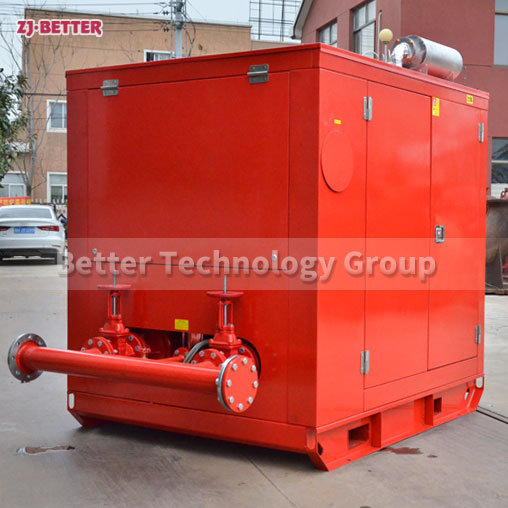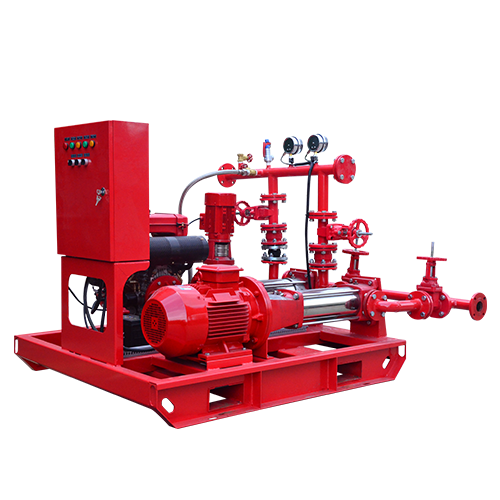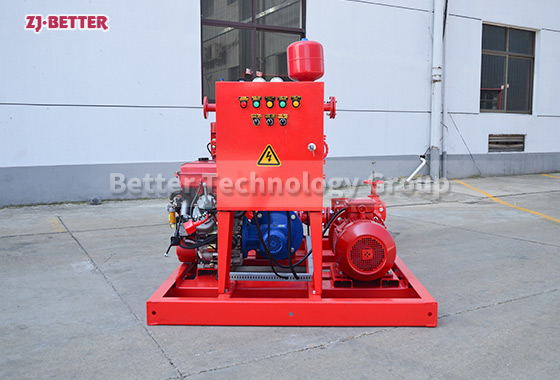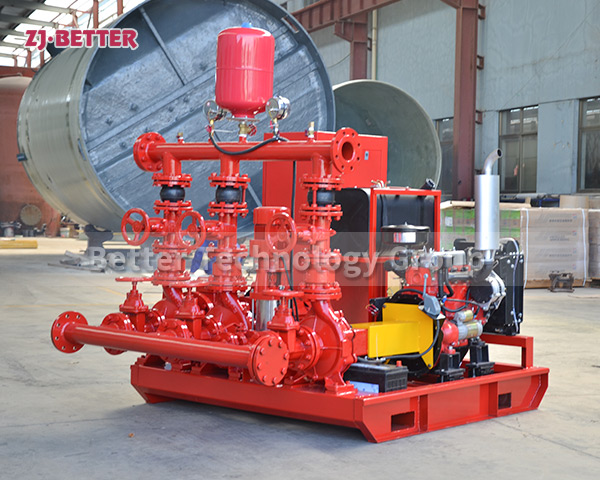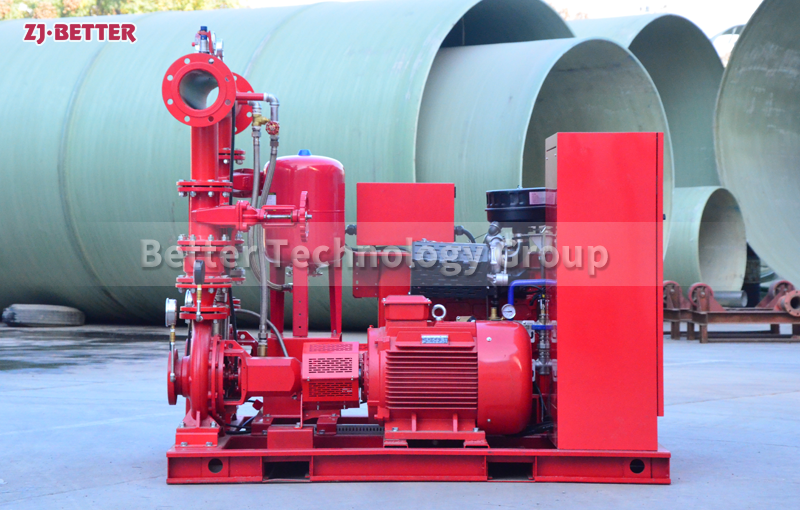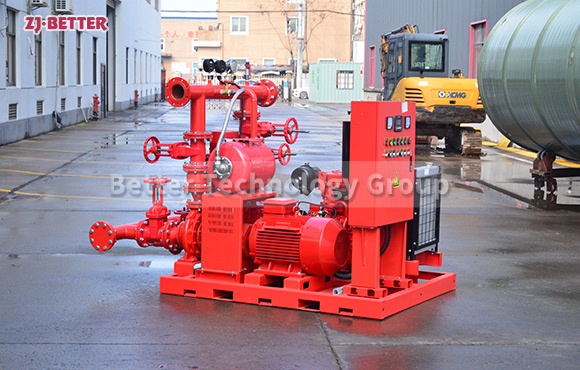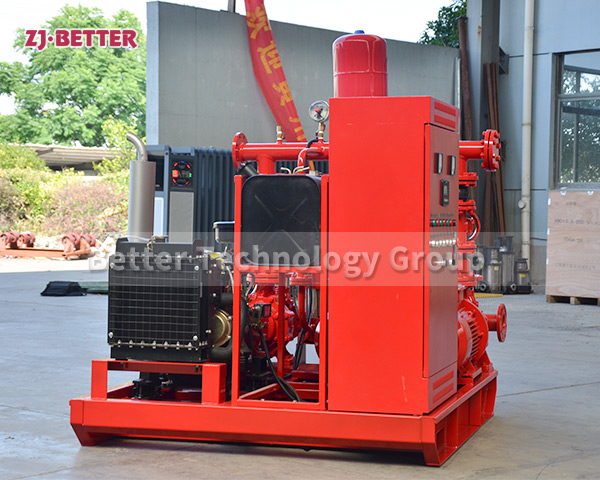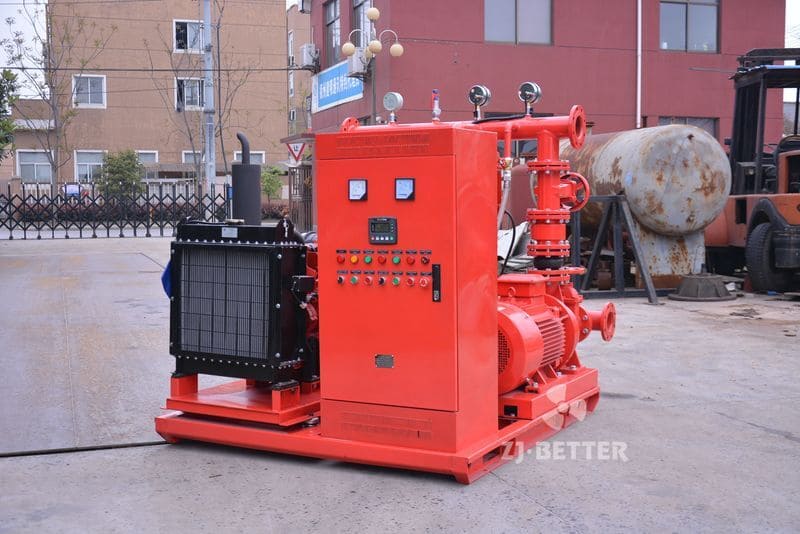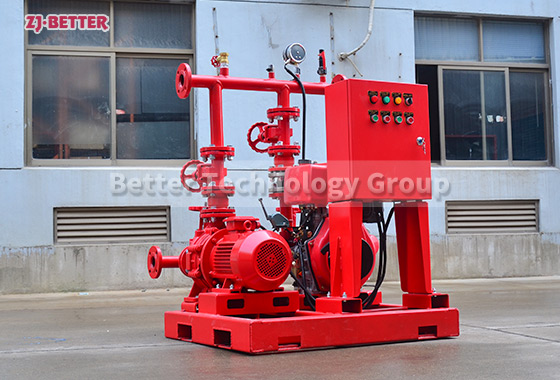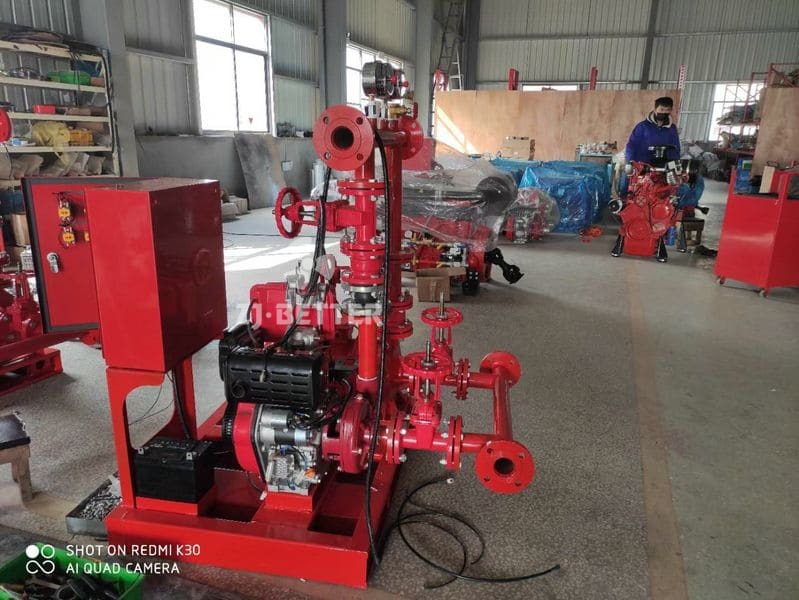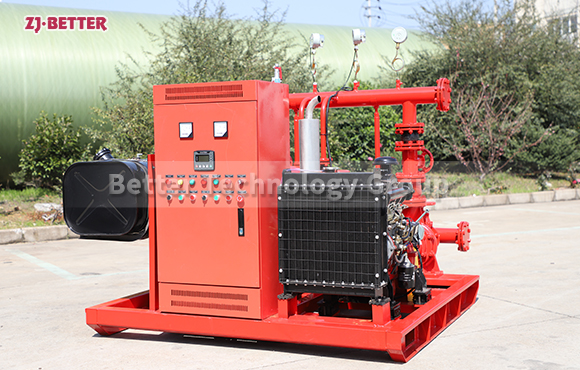Home » Fire Pump Set » How do you ensure fire pump systems are prepared for power outages?
How do you ensure fire pump systems are prepared for power outages?
Ensuring preparedness involves:
Backup Power: Install backup generators or connect to reliable emergency power sources to ensure continuous operation during outages.
Automatic Transfer Switches: Use automatic transfer switches to quickly switch to backup power in case of a main power failure.
Battery Backup: For jockey pumps and control systems, use battery backups to maintain pressure and control functionality during short-term outages.
Regular Testing: Test the backup power systems regularly to ensure they are operational and capable of supporting the fire pump system.
Contact US
Get Price
Share:
Content
Ensuring preparedness involves:
- Backup Power: Install backup generators or connect to reliable emergency power sources to ensure continuous operation during outages.
- Automatic Transfer Switches: Use automatic transfer switches to quickly switch to backup power in case of a main power failure.
- Battery Backup: For jockey pumps and control systems, use battery backups to maintain pressure and control functionality during short-term outages.
- Regular Testing: Test the backup power systems regularly to ensure they are operational and capable of supporting the fire pump system.
Inquiry
More Fire Pump Set

